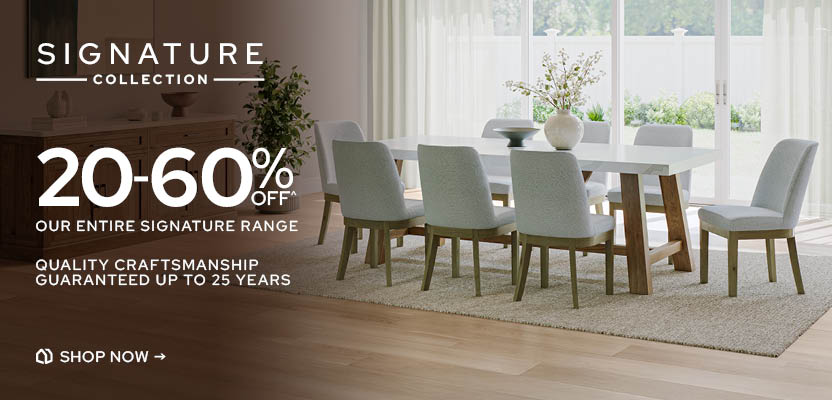We have more to thank NASA for than space exploration – they have been responsible for bringing more than 2,000 products to homes and manufacturers in the 60-odd years they’ve been operating.
One of the most well-known products to have come from NASA is memory foam. Made from polyurethane and some other chemicals designed to increase density and viscosity, memory foam has become a staple in a variety of everyday items, including mattresses.
Curious about how this clever material came to be? You should be, because it’s a fascinating story.
History & Development of Memory Foam
The official NASA Spinoff article tells a story of an engineer who was contracted by NASA in 1966 to “assist in the improvement of airline seating for crash and vibration protection, and the development of energy-absorbing techniques for increased survivability”.
This engineer, Charles Yost, created a foam with what was described as ‘unusual properties’ – it had both high-energy absorption and was soft.
After fitting the foam into seats, NASA found that it did indeed offer better impact protection. On top of that, though, it also made sitting for long periods more comfortable. Really comfortable.
At first, it was referred to as ‘slow spring back foam’ (which is indeed an accurate descriptive name!) and was later given the name ‘temper foam’.
In 1969, Yost formed his own company, Dynamic Systems Inc., to sell temper foam. He then sold the rights to the technology in 1974, but went on to later make and sell derivatives that were less sensitive to temperature and more environmentally friendly than the original design.
How Does Memory Foam Work?
Memory foam is known as a viscoelastic material; that is, it combines thick and treacly (viscous) properties with elastic properties – it can deform and return to its original shape without damage.
In a nutshell, the way it works is by reacting to the pressure applied to it. If you apply sharp or fast force, it responds stiffly. If you lay gently on it, it slowly moulds to your body shape. It also reacts to temperature changes, becoming softer and more flexible when warmed and becoming more resistant when cooled.
This is how memory foam mattresses hug to your body when you lie on them – they respond to the pressure gradients and heat from your body. Then when you wake up and get out of bed, the elasticity is responsible for them returning to their original shape.
Uses for Memory Foam
Memory foam was nothing short of revolutionary for the medical industry, creating soft mattresses and seats for bed- or chair-bound patients. It dramatically reduced problems like bed sores, easing people’s discomfort and removing painful pressure points. Memory foam is also used in prosthetics, making artificial limbs more comfortable for their users.
Medical uses aside, it’s also been used for padding in helmets, for seating in Formula 1 cars, for motorcycle seats and, of course, for pillows and mattresses!
With such a strong reputation for comfort and performance, it’s no surprise memory foam mattresses are such a popular choice in Australian homes.













